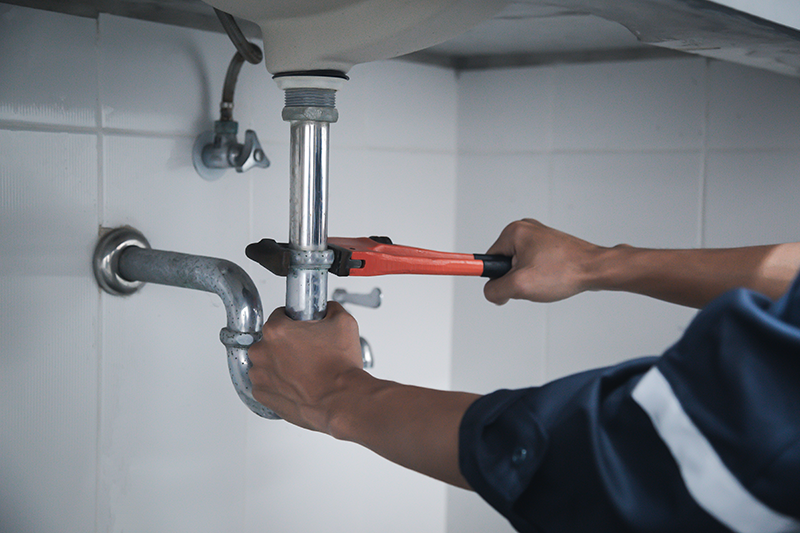Homebuyers are feeling the sticker shock of higher prices, but it’s not just inflation. They want bigger homes. In 1949, the average size of a new single-family home was 909 square feet, while homes grew to 2,480 square feet by 2021. Homebuyers want more than they had before, including more space, energy-efficient appliances, and smart home technologies, all of which is making homes more expensive.
But how much living space does a family really need? According to the National Association of REALTORS®, a typical home purchased recently is 1,800 square feet with three bedrooms and two bathrooms and was built in 1986, but that may not be enough space for some homebuyers. While it’s totally subjective, a good rule of thumb is that each person should have 200 and 400 square feet of living space. So, a family of four would be comfortable with a home of about 2,400 square feet.
To help you choose the right-sized home, consider your family’s needs. Small children can comfortably share a bedroom, but teenagers need more privacy. Aging parents are safer in single-level homes or a downstairs owner’s suite, preferably with a separate entrance and living area. You may need more space if you’re working from home and need a home office, a playroom for kids, a bigger kitchen, or an owner’s suite with his and her baths.
Whatever you choose, make sure the layout and square footage also aligns with how much you want to maintain and pay for utilities.






